Introduction
This article provides comprehensive information about temperature chambers.
You will discover:
- The definition of a temperature chamber
- How temperature chambers operate
- Industries utilizing temperature chambers
- Types of tests performed in temperature chambers
- Additional valuable insights
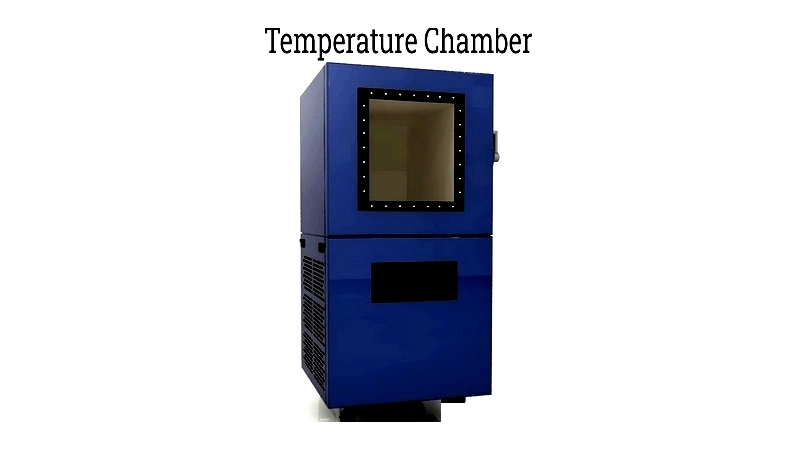
Chapter One – What is a Temperature Chamber?
A temperature chamber is a sophisticated environmental control device designed to simulate various conditions a product might encounter during its lifecycle. These advanced instruments can replicate different hazards, usage scenarios, and atmospheric states to assess product durability. By mimicking the aging process, temperature chambers help predict product lifespan and performance under specified conditions.
Manufacturers use temperature chambers to evaluate product behavior under extreme conditions before market release. This process helps prevent the distribution of products that might fail to meet customer expectations due to unexpected adverse conditions.
Chapter Two – How a Temperature Chamber Works
Temperature chambers, also called environmental or climatic chambers, utilize advanced technology to create controlled environments with varying temperatures and humidity levels. These chambers simulate diverse atmospheric conditions, from extreme cold to intense heat, to test material durability and product performance. Manufacturers can choose between different cooling systems to meet specific application needs, energy efficiency standards, and testing protocols. Consequently, suppliers offer various design options with features like programmable controllers and rapid temperature changes to serve industries including electronics, automotive, and aerospace.
These chambers are essential for environmental testing, evaluating both short-term and long-term effects of temperature exposure on products. By recreating harsh conditions, they help engineers understand material responses to temperature fluctuations and humidity variations. Testing methods may involve static conditions for gradual observation or dynamic conditions for failure analysis. The resulting data is crucial for determining product reliability, regulatory compliance, and overall quality before launch.
How a Temperature Chamber Works
Modern temperature chambers conduct thermal and climatic tests primarily through forced air convection or specialized cooling systems. Functioning like precision-controlled ovens, they feature insulated enclosures, high-accuracy sensors, and advanced control systems. Key components include temperature controllers and powerful air circulation systems.
Thermal testing employs several techniques to evaluate product resilience under environmental stress. The three primary methods are:
- Thermal Cycling: Assesses resistance to repeated temperature changes
- Burn-In Testing: Identifies early failures at sustained high temperatures
- Thermal Shock: Tests durability against rapid temperature shifts
Thermal Cycling
Thermal cycling systematically alternates between temperature extremes according to programmed profiles. This controlled process helps identify material fatigue, expansion issues, and electrical performance changes. Repeated cycles enable manufacturers to predict product lifespan and ensure compliance with industry standards.
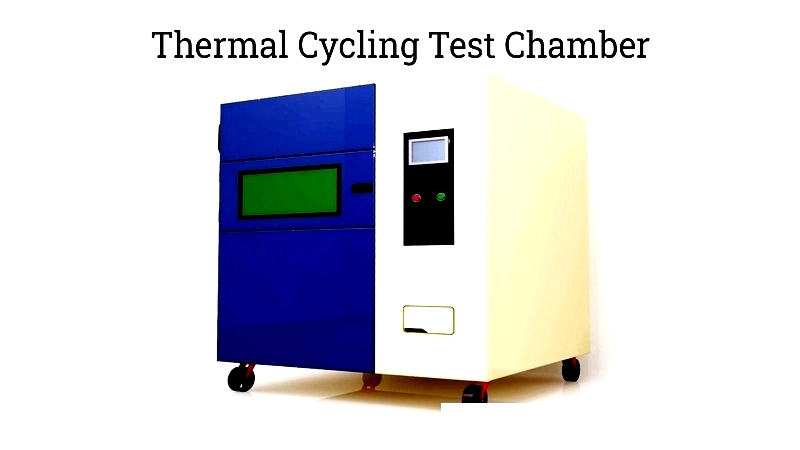
Burn-In Test
Burn-in testing exposes components to prolonged high temperatures to detect early failures and verify stability. This quality assurance procedure is particularly valuable in industries requiring high reliability, such as semiconductors and aerospace. Effective burn-in testing reduces warranty claims and improves product longevity.
The technology sector extensively uses burn-in testing to meet stringent quality standards and ensure component reliability in critical applications.
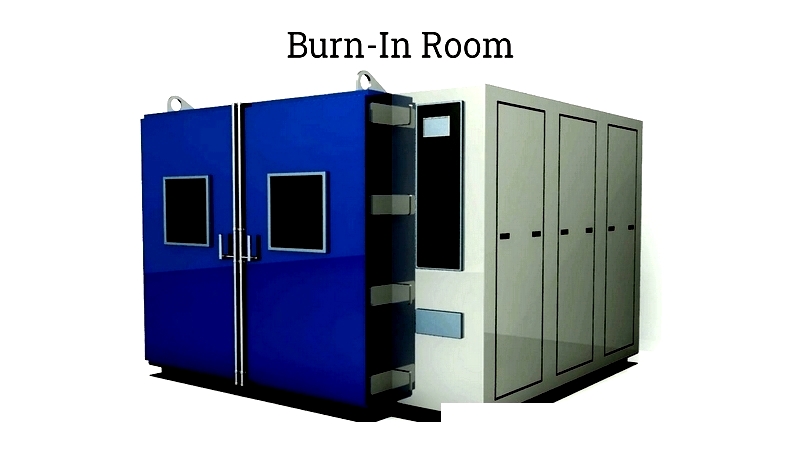
Thermal Shock
Thermal shock testing subjects products to extreme temperature changes within short timeframes. This rigorous evaluation simulates real-world scenarios like aerospace conditions or pharmaceutical transport situations.
The process rapidly transfers test samples between temperature extremes, assessing material integrity under severe stress. Available chamber configurations include two-zone and three-zone systems for different testing requirements.
Thermal shock chambers vary by zone configuration, with options including two-zone systems with transfer baskets and three-zone systems offering greater testing flexibility.
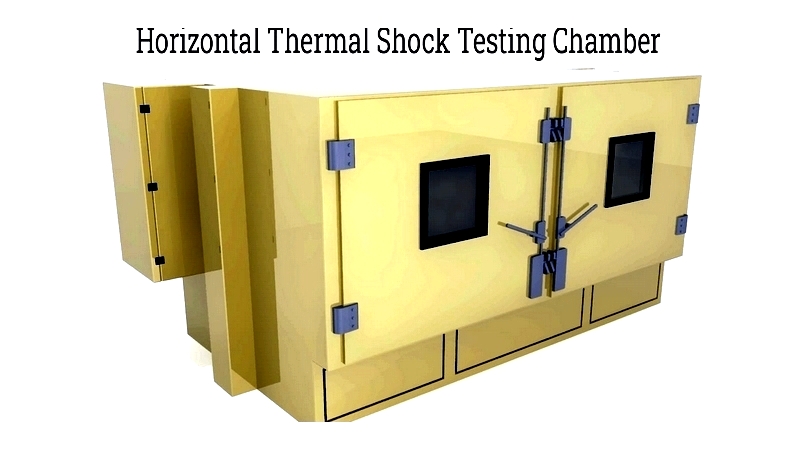
AGREE Test Chamber
The AGREE test chamber combines vibration with temperature and humidity testing for comprehensive reliability assessment. Originally developed for military applications, these chambers evaluate product performance under combined environmental and mechanical stress.
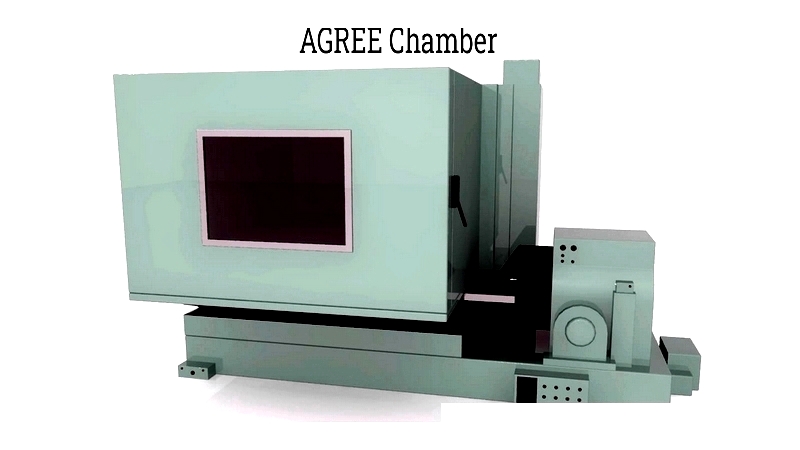
Additional Considerations When Selecting a Temperature Chamber
Key selection factors include temperature range, chamber size, humidity control, and compliance with industry standards. Advanced features like data logging and customizable configurations help meet specific testing requirements. Choosing the right chamber ensures product quality, regulatory compliance, and customer satisfaction.
For optimal selection, review product specifications, obtain supplier quotations, and consult with experts to match equipment with current and future testing needs.




